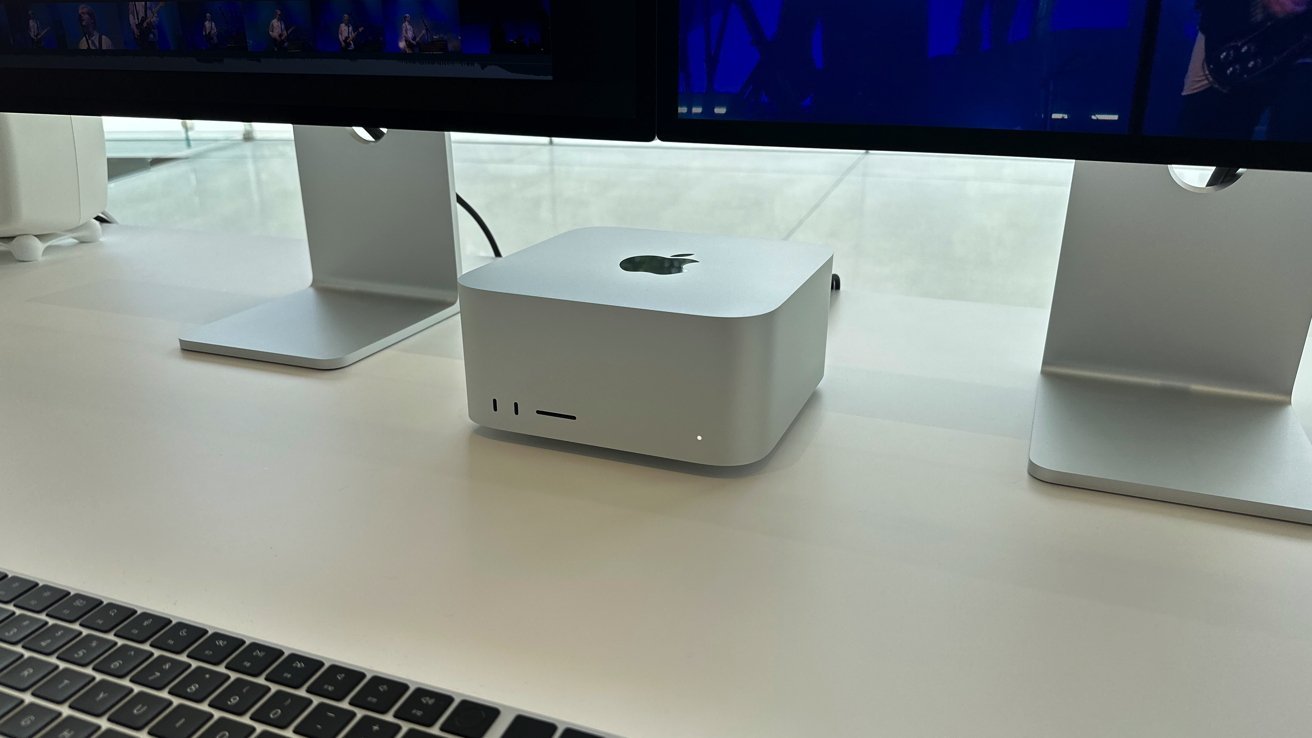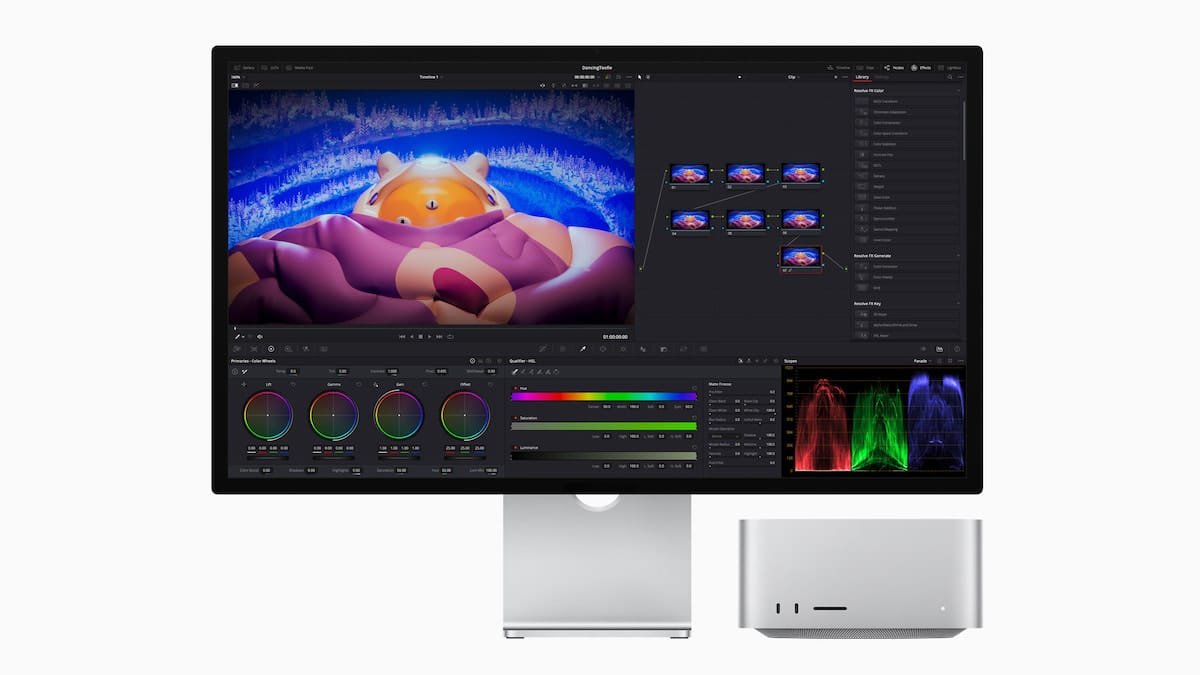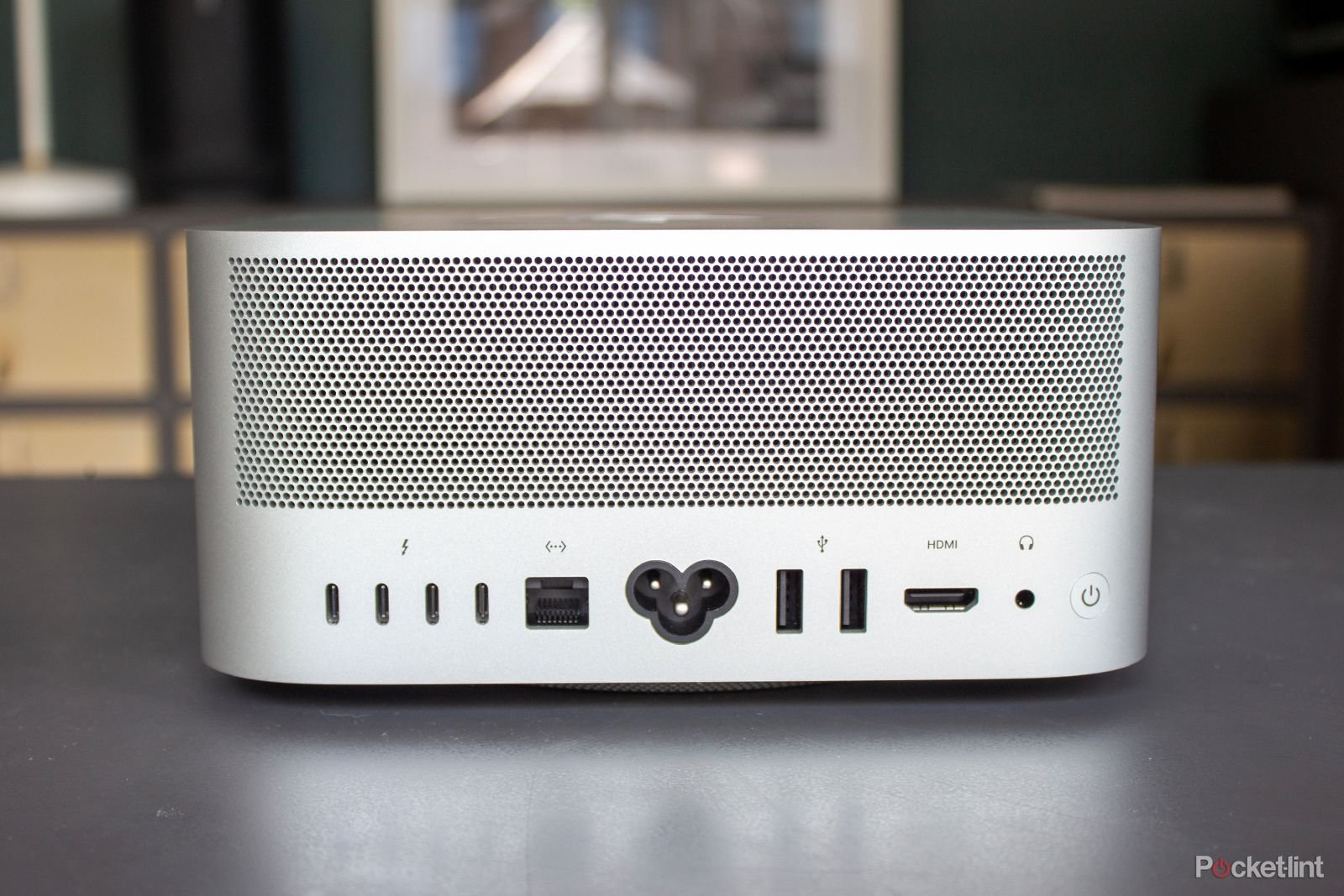Mac Studio (M2) Review: The Silent Giant Gets a Brain Transplant

In the world of creative desktops, Apple carved out a unique space with the original Mac Studio—a compact powerhouse that delivered more performance than most users needed in a box that fit neatly under a monitor. Now, with the M2 Max and M2 Ultra chips, Apple hasn’t reinvented its unassuming silver cube. Instead, it has performed a silicon brain transplant, creating a machine that further blurs the line between high-end desktop and full-blown workstation, all while remaining utterly silent. The question isn’t whether it’s powerful, but whether this level of focused, potent performance is the right investment for your workflow.
Performance: A Tale of Two Titans
At the heart of the Mac Studio lies a choice between two formidable chips: the M2 Max and the M2 Ultra. The M2 Max is, for most creative professionals, an incredible engine. It chews through 4K and even 8K video timelines in Final Cut Pro, compiles complex codebases in Xcode at blistering speeds, and handles multi-track Logic Pro sessions laden with plugins without breaking a sweat. It represents a significant, if not revolutionary, step up from its M1 predecessor, offering more GPU cores and improved memory bandwidth that translates to smoother performance in graphically intensive tasks.

Then there’s the M2 Ultra. Essentially two M2 Max chips fused together with Apple’s UltraFusion architecture, it’s an entirely different beast. This is the chip for the top 1% of power users—the 3D artists rendering photorealistic scenes, data scientists running complex simulations, and Hollywood-level video editors working with multiple streams of 8K ProRes footage. The performance scaling is immense and genuinely rivals machines costing many times more. The only practical limitation is that very few applications are currently optimized to fully saturate the Ultra’s monstrous capabilities, making it a forward-looking investment in raw computational power.

Design and Connectivity: If It Ain’t Broke…
Externally, the M2 Mac Studio is indistinguishable from the M1 version. It’s the same dense, meticulously milled block of aluminum that looks like a Mac mini with a growth spurt. The build quality is exceptional, exuding a premium feel that justifies its price tag. Its compact footprint remains a key selling point, reclaiming valuable desk space traditionally occupied by noisy, hulking PC towers. While some may have hoped for a design refresh, the functional, minimalist aesthetic continues to work well in a professional environment.
Where the Mac Studio truly flexes its professional credentials is in its port selection. The rear panel is a creative’s dream, featuring four Thunderbolt 4 ports, a 10Gb Ethernet port, two USB-A ports, an HDMI 2.1 port, and a pro-grade 3.5mm headphone jack. Crucially, Apple didn’t neglect the front. The M2 Max model provides two USB-C ports and an SDXC card slot, while the M2 Ultra version upgrades those front ports to full-fledged Thunderbolt 4. This thoughtful I/O placement is a massive quality-of-life win, eliminating the need to fumble behind the machine to connect a drive or an SD card.

Thermals and Value: The Sound of Silence
Perhaps the most astonishing engineering feat of the Mac Studio isn’t its power, but its silence. The advanced thermal system, which draws cool air from the bottom and exhausts it out the back, is profoundly effective. Even when pushing the M2 Ultra to its limits during a sustained render, the machine emits little more than a whisper. For audio engineers, video editors, and anyone working in a quiet studio environment, this is a game-changing feature that competitors have struggled to match.
This brings us to the value proposition. The Mac Studio is not a cheap computer. Once you start configuring it with the necessary RAM and storage for professional work, the price climbs steeply. Its biggest drawback is the complete lack of user upgradability; the memory and SSD are soldered to the motherboard. This forces you to buy the machine you’ll need for years to come on day one, a significant and potentially costly decision. However, when you compare its price-to-performance ratio against a similarly configured Mac Pro or a high-end PC workstation, the Mac Studio often emerges as the more sensible and cost-effective choice for professionals whose livelihood depends on speed and efficiency.
Final Verdict
The Apple Mac Studio with M2 Max/Ultra is not a revolutionary update, but rather a potent and calculated refinement of an already brilliant machine. It solidifies its position as the undisputed champion for the “prosumer” and the vast majority of creative professionals. It’s for the video editor who needs to slash render times, the developer who wants to compile code instantly, and the 3D artist who demands a silent, compact rendering node. If your workflow is bottlenecked by performance and you operate within the Apple ecosystem, the Mac Studio is arguably the most powerful, practical, and well-designed desktop money can buy. For everyone else, its focused power and premium price make it a beautiful, but likely unnecessary, luxury.
Where to Buy:
Apple Mac Studio (M2 Max/Ultra) Quick Summary
Key Scores:
- Value: 95%
- Design: 92%
- Performance: 93%
- Quality: 91%
- Popularity: 90%
Top Pros
- ✅ Delivers truly exceptional performance for demanding creative workflows.
- ✅ Its whisper-quiet operation is remarkable even under heavy loads.
- ✅ Generous port selection offers outstanding professional-grade connectivity.
- …
Key Cons
- ❌ Internal components like RAM and SSD are not user-upgradable.
- ❌ The premium price tag places it out of reach for many.
- ❌ Its design is entirely unchanged from the previous M1 generation.

















